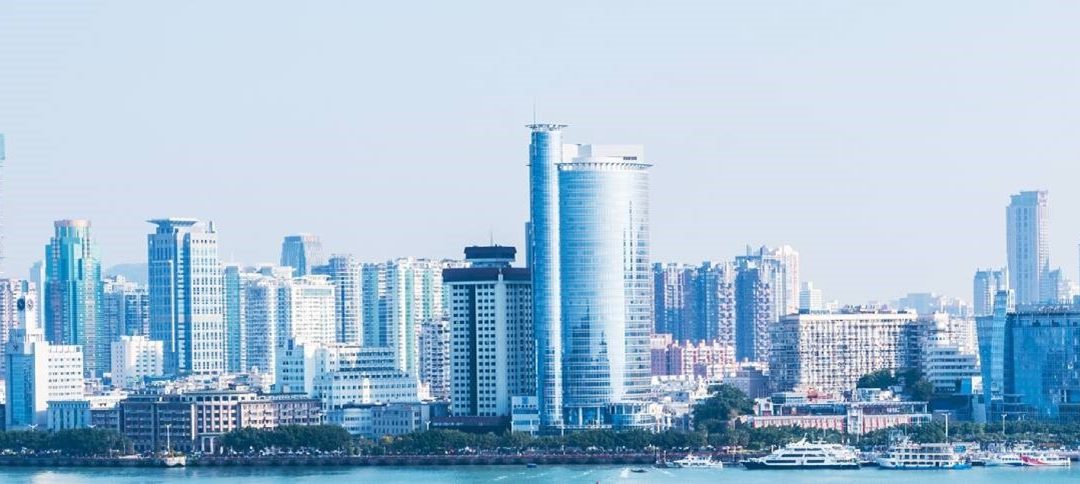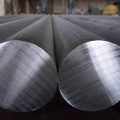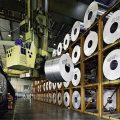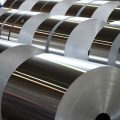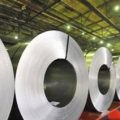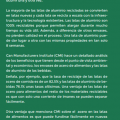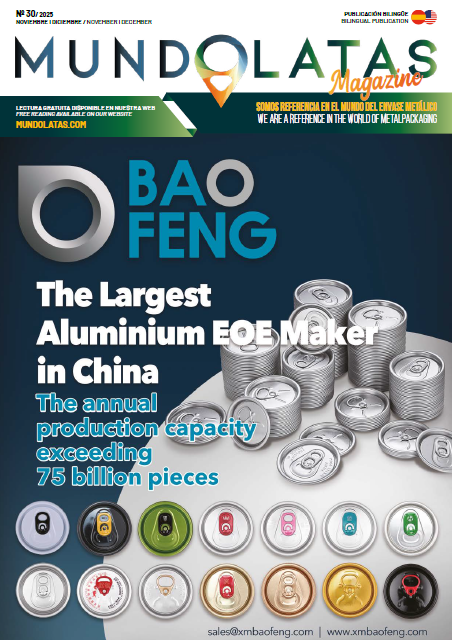Santa Claus could have a difficult Christmas, and it wouldn’t be his fault. The Chinese government’s decision to make cuts in its energy bill to clean up its image is causing problems for many sectors of the Chinese economy, but also globally.
The Asian giant has set out to become more efficient, and has intermittently cut the power in factories and residential areas. The consequences are being felt by workers and residents in these areas, but may also be felt globally if these cuts severely reduce Chinese production capacity. One example is in China’s northeastern Lianoning province, where coal supply shortages and policies to reduce emissions and improve energy efficiency have led to frequent power outages.
Also in Yunnan province, one of the largest aluminium producers in the Asian country and home to around 10% of China’s aluminium capacity, has already started to implement production restrictions in an effort to meet energy intensity reduction targets.
As early as August, Yunnan’s aluminum smelters had shut nearly 1 million tons of annual capacity due to energy constraints, according to the state-backed Antaike research center. The restrictions began in May, when the province was hit by a drought that reduced its hydroelectric production.
Some Chinese companies have also begun to show their concern. They wonder if China’s recent policy of ‘double control of energy consumption’ is already having some impact on the production capacity of metal can manufacturing ready, and the delivery of some orders having to be delayed. They also believe that the “Fall and Winter 2021-2022 Action Plan for Air Pollution Management” could further restrict metal can production capacity in the coming months.
This situation is compounded by the recent rise in the price of aluminium, which reached its highest level since 2006. Its price has reached $3,000 a tonne for the first time in 13 years amid expectations that supply disruptions are here to stay.
EU smelters also face rising costs as both carbon credits and energy inputs are at record highs, according to Goldman Sachs. “In China and, increasingly, in the EU, the political risk to aluminium supply is growing,” they add.
However, the Chinese government has decided to adopt these tough measures to prevent factories from exceeding the consumption limits that Beijing imposed to promote energy efficiency. According to economic and environmental experts, manufacturers have used up their energy quota faster than they had anticipated, especially because of the explosion in demand following the pandemic.
Undoubtedly, this situation is a challenge for the Chinese Communist Party, which seeks to reduce the emission of polluting gases but faces one of the most difficult times due to the increasing number of requests for chips and products in all types of industries.
Supply shortages will plague the industry for the rest of this year and most of 2022, according to many participants at the Harbor Aluminum Summit in Chicago, with some projecting it could take up to five years to resolve the problems.
Aluminum Corp. of China Ltd., the country’s largest foundry, rose 8.1% in Hong Kong. Chinese materials stocks could see a further rally as new government measures to curb steel production to reduce emissions could also boost cement, steel and aluminium prices.
The impact of these measures is enormous for the Chinese economy: the economic growth forecast has been lowered from 5.1% to 4.7% compared to the previous year. These cuts could also add to the impact that is having the crisis of its huge real estate group, Evergrande Group, which could go the way of Lehman Brothers and has posed many difficulties in the world’s stock markets.
Nevertheless, Xi Jingping seems determined to make the world see that his nation, the world’s biggest polluter, is working hard to cut its emissions. An added issue that many have overlooked, the Winter Olympics are being held next February in Beijing, and China’s rulers have gone to great lengths to try to achieve clear, blue skies for the important event.

